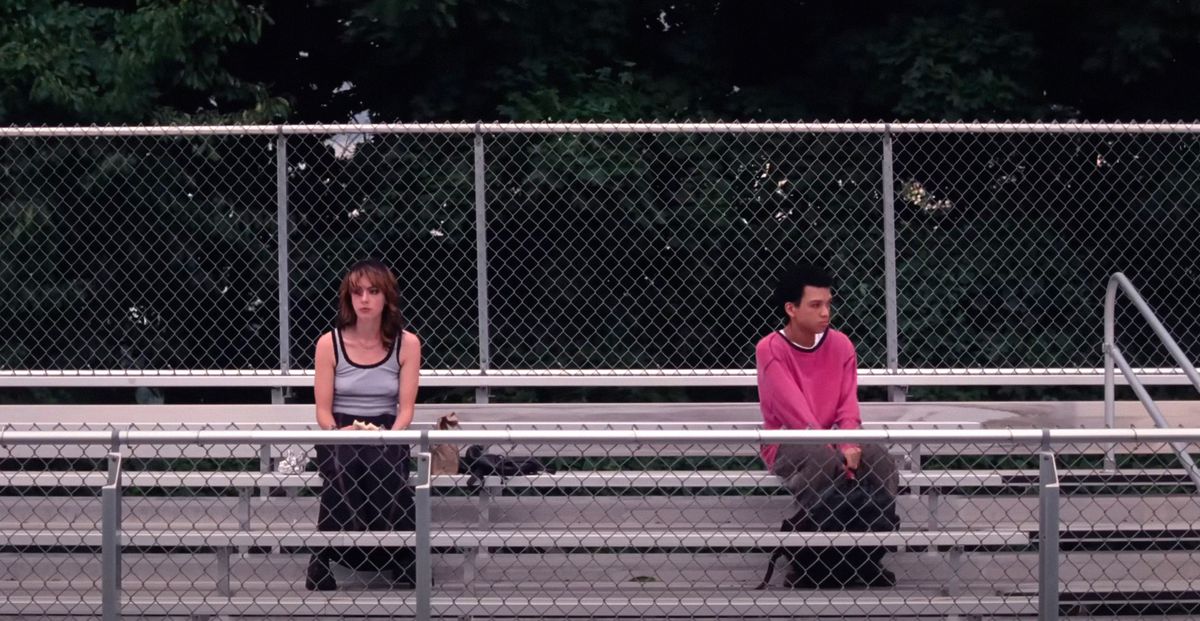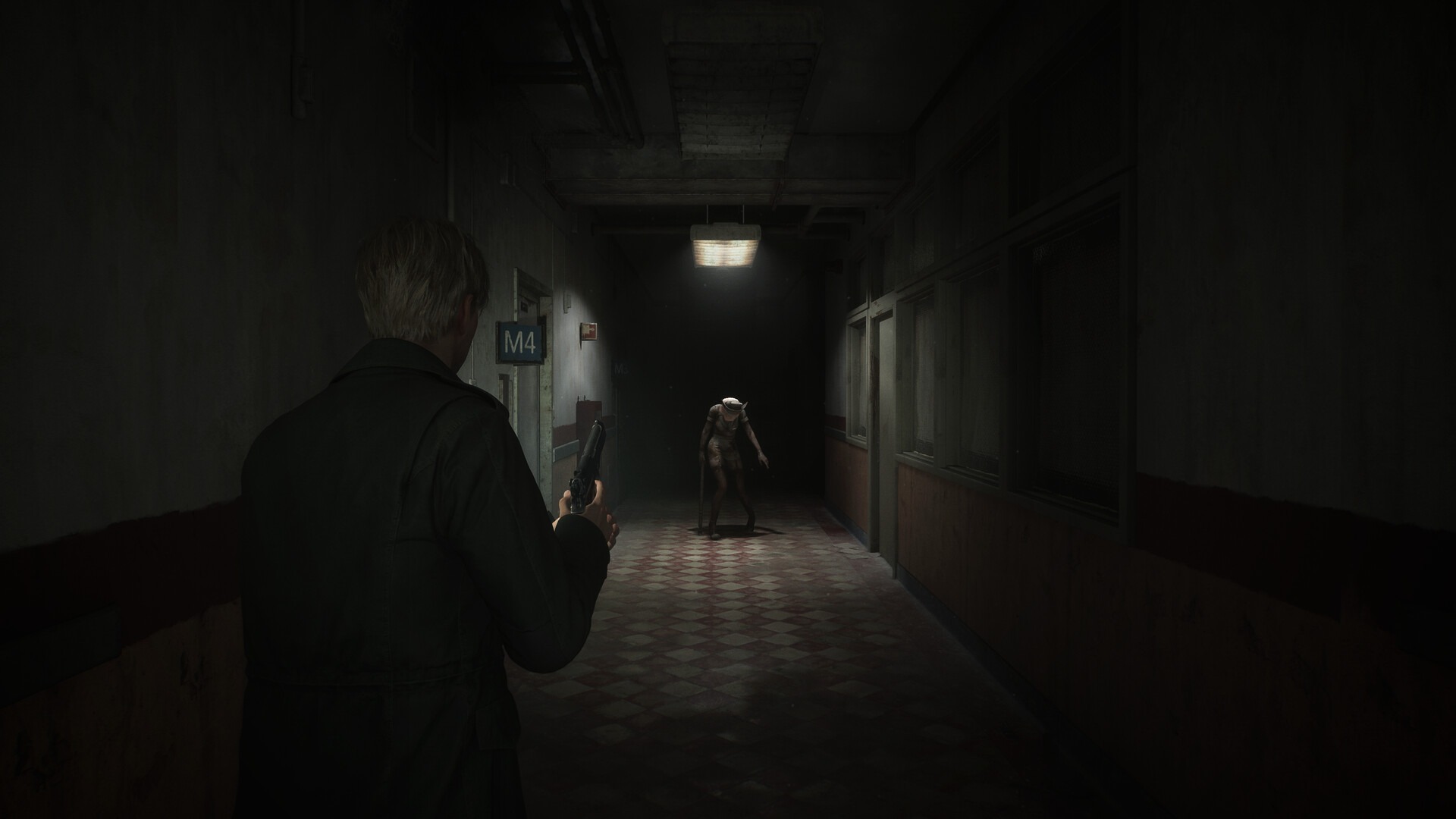Climate change is full of spooky phenomena (see zombie fires, ghost forests), but the widest-reaching is “global weirding,” a term coined by Hunter Lovins that takes an expansive look at the Anthropocene, the current era of human-caused environmental change. Global weirding is about how the world won’t just get warmer, but the knock-on effects will be dynamic, varied, amplified, and downright weirder.
We aren’t talking enough how this will affect vampires. After all, climate and vampire stories are both about Victorian creations that haunt us long after they should be dead — one just centers on industrial capitalism, and the other a less explicit bloodsucker.
As more and more vampire media is developed and set in the present day, the warmest years on record, we need a definitive guide to how vampire strength and behaviors could change as their world gets weirder.
Dr. Scott Coffin — an environmental toxicologist and California EPA scientist who appears to not be a vampire despite the name — is already thinking of some knock-on effects. Global food insecurity, for example, “could reduce the availability of garlic,” while desertification would decrease forest cover and make hunting humans harder, and result in “less wood for making stakes.” Yet it seems like vampires may most significantly be altered by smoky sunlight, wildlife changes, and microplastics.
Darkness takes hold
For more than a century, most vampires have been nocturnal creatures. Whether light makes them sparkle or turn to dust, vampires tend to avoid daylight hours, only hunting humans at night, under clouded sky and midnight gaslamp. But how will that change as blood-red wildfire smoke covers entire skylines for days, like we saw in across the East Coast this summer? Ditto for more frequent storm clouds, rolling blackouts, and potential geoengineering projects. As global weirding continues to snowball, opportunities for feeding will only increase.
According to planetary scientist Sanaz Vahidinia, who has studied light scattering in different environments, aerosols like soot (from fires) or sulfates (from geoengineering projects) dampen the light level, which creates darker conditions, though they also let different light wavelengths through. We can see this with wildfires coloring skies orange in increasing frequency as climate change has worsened. It’s complex, and ever-changing.
“Light is constantly interacting with your environment and yourself,” she told Polygon. Although vampires like darker skies, Vahidinia questioned how they would react to different colors or levels of haze — perhaps a vamp would be able to walk under an orange sky, but only get an appetite once the moon is showing. If they like the dampened light, she suggested they could work together on stratospheric aerosol injection, using their wings to distribute sulfates high up to increase aerosols’ dampening effect and, potentially, help cool the climate.
Thankfully, Earth could be in a worse position. Vampires could get a lot stronger under other atmospheric conditions. Vahidinia specifically called out the thick atmosphere of Titan, Saturn’s largest moon.
Picture this: Next time you awaken to a warning about Canadian wildfire smoke drifting toward you, it comes with an estimate of vampire activity you can expect to accompany it. Vahidinia considered vampires creating new migratory behaviors, like birds flying south in autumn, asking “if vampires would concentrate in areas where you would have longer and intense wildfire events, like California.”
Vahidinia suggested those finding themselves in such situations stay inside. “You have to stay indoors anyways, because you don’t want to be breathing that.” Being at home has other anti-vampire benefits. “I would plant a lot of garlic around the house,” she added.
When wildfire smoke covered New England so deeply that people had to light candles at noon to see, locals declared it doomsday. That was in 1780. After Mount Tambora, an Indonesian volcano, erupted in 1815, ashen clouds led to “the year without a summer,” a moody, strange year during which Mary Shelley created Frankenstein and the beginning of Gothic horror. Smoke clouds create spooky environments, and these events are coming multiple times a year rather than once in a generation.
Bats, rats, and vampire fish
If you’ve entered an American cave recently, you may have been asked to follow decontamination procedures when leaving, from scrubbing your shoes to inspecting your bags for “stowaway bats.” This has been to reduce the spread of white-nose syndrome, a fungal disease that is killing bats in unprecedented numbers (as high as 99% of some bat populations). Caves are going quiet and hibernating bats are convulsing in their sleep from the disease. There’s no way this would not touch vampire populations.
Although WNS hasn’t been tied to climate change, it’s an example of a disease that might appear or worsen as the world gets weirder: Fungal diseases are great at that. This fungus is hard to remove, and remains on clothing and other surfaces for several years. To slow the spread, vampire communities could consider new occult rituals of quarantining and decontamination, closed-border bat caves like an isolationist cave network for Idahoan vamps, or encouraging nudism in vampires, as some capes or corsets could harbor fungal spores. City vampires and country vampires might schism in their public health strategies. We saw something similar in early COVID-19 mitigation, and WNS is more lethal.
The other forms a vamp might take (rat, wolf, moth, owl) are under fewer direct and intense threats, and though there’s the haunting specter of habitat removal and intense temperatures, global weirding and urbanization can bolster some of these pests. It’s easier to blend into a swarm of flies if a hurricane has left corpses out to rot, and it’s easier to become the leader of a feral dog pack if your suburban hunting grounds have been abandoned. “More people, more trash, more trash, more pests,” rodentology expert Bobby Corrigan told Heathline, discussing booming rat populations.
The scariest bloodsucking pest is bolstered by global weirding: the lamprey! It’s time for me to link to my favorite map, the Blood Map from a 2014 Ecosphere paper. Showing that Lake Superior lamprey blood consumption has increased by 10% in recent decades as the lake has warmed, it’s a vibrant and memorable graphic to see that, yep, bloodsuckers can prosper in the Anthropocene. As climates change, we might get fewer bat-vampires and more lampires, traveling from waterbody to waterbody, draining the lives of fish and other exposed bodies. Lampreys are already nicknamed “vampire fish,” after all.
Mmmhmm, microplastics
Pollution particles have rightfully been called invisible demons — miniscule specks of microplastics are now present in the deepest water, human placentas, foods, clothes, and even clouds. Plastics last for centuries (like vampires) and have questionable health effects on humans (also like vampires), and there is so much we do not yet know about the thousands of different types of microplastics and plastic additives. But if humans are wearing nylon, breathing air, and eating food, we’re ingesting these compounds, and if a vampire eats us, then that vamp is sucking up invisible demons.
If The Minderoo-Monaco Commission on Plastics and Human Health’s findings were applied to once-human vampires, we could see them suffer from endocrine disruption, altering hormone development and function, cardiovascular diseases leading to heart failures or strokes, and neurodevelopmental and behavioral abnormalities, including anxiety, aggression, and memory issues. These are just a sampling of the many, many health impacts.
As vampires traditionally cannot give birth and do not age, it’s difficult to say how several health impacts of plastic use would affect them, whether in decreased fertility, premature birth, or cancer. Cancers could accelerate in vampire bodies, like they do in The Vampire Diaries, and reproductive impacts could damage a vampire’s ability to transform others into vampires. The effects of plastics would be especially pronounced if the vampire lived in areas of plastic production, like the Texas and Louisiana coasts — the same locations found in Anne Rice vampire novels.
Let’s not forget that humans will be the first impacted by these health impacts. Brian Bodenbender, a Hope College professor studying discarded waste, told Polygon that pollution creates the “potential for humans to become more toxic, so vampires could risk [losing] their food source. As if humans aren’t toxic enough already.” Coffin goes one step further: “It’s possible that with increasing microplastics exposure, in combination with myriad known (e.g., smoking, air pollution, endocrine disrupting chemicals, etc.) and unknown risk factors, human reproduction may fall to unsustainable levels within the next 25 to 100 years.” Though he said this potential has high uncertainty: “Eventually, this may make prey more difficult to find for vampires, and they may need to be conscious about their consumption to maintain viable ‘crop’ for the future.”
It would be hard for vampires to hunt down “free range” humans for blood, such as those isolated from civilization, because microplastics have simply infected nearly every landmass and ecosystem. Instead of trying to find the best blood, a vampire might help secure a plastic-free feeding zone another way, like swallowing oil executives until plastic production stops, or using their centuries of wisdom to expand reverse-osmosis plastic-filtering technology.
So far, there is no evidence that microplastics biomagnify up the food chain, but they do accumulate in someone’s body. Those effects might be especially pronounced with a centuries-old creature. Next time you cut a vampire in half, don’t expect just gore, but the infinitely more terrifying seepage of plastics: bottle caps, nurdles, floss, and Dasani scraps oozing out of their insides. There are far too many real-life examples of this in fish.
It’s terrifying to think that such small objects like plastic fishing nets can indirectly kill an immortal being. It doesn’t feel right, or well-paced, to have a vampire survive hundreds of years of vampire hunting to suddenly get a stroke and croak from too much exposure to invisible chemicals. It’s the same feeling as seeing our planet get damaged from those same pollutants. Climate change does not conform to narrative arcs, it’s not satisfying, and it’s killing more forms of life in more ways than you could ever imagine. If vampires were real, they might just be another weird casualty.








